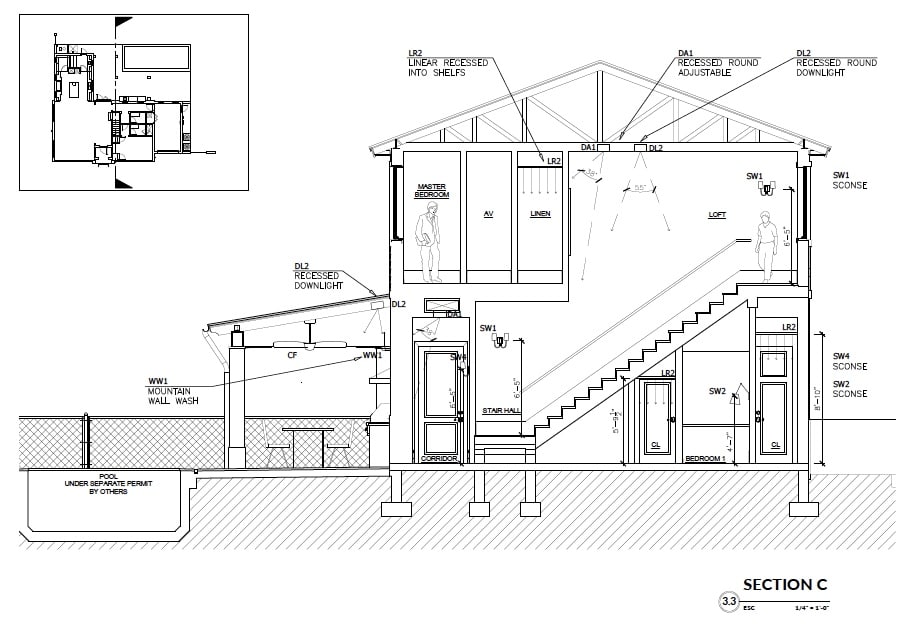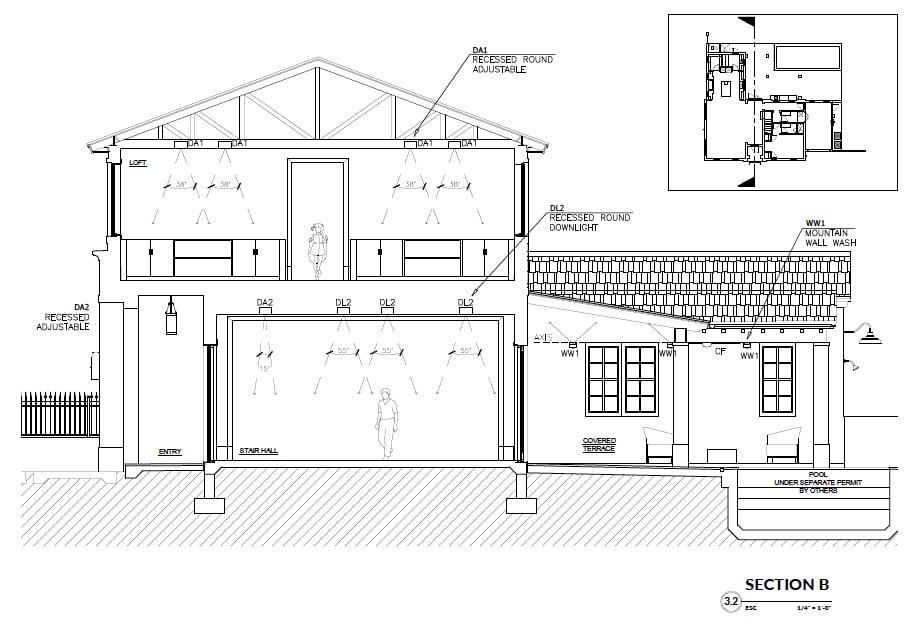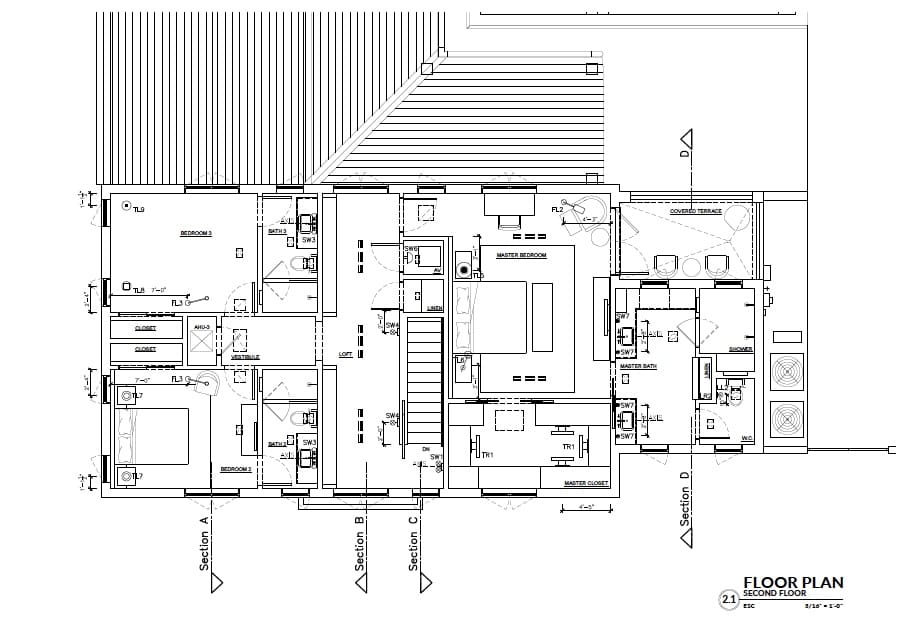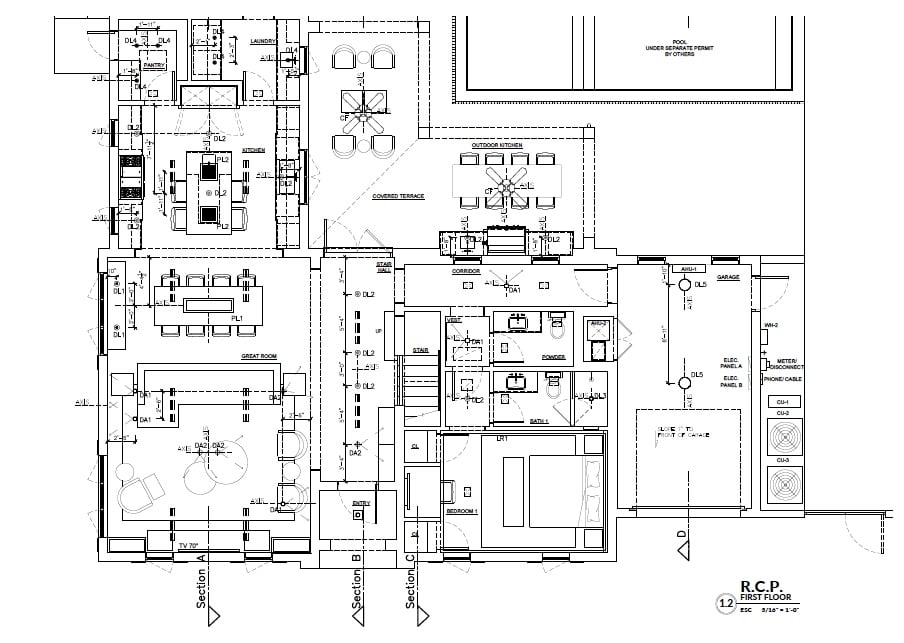Are you looking for interior lighting design in Miami?
With over 25 years of interior lighting design, we can have a deep understanding of the use of design with different lighting methods. We offer no-cost design consultation to meet with a Miami lighting designer and discuss your project. Keep reading below for some basic information about why interior lighting design is needed. As well as the methods and techniques used to accomplish the goals of a lighting designer.
Basics of Interior Lighting Design in Miami

Interior Lighting Design Miami
When it comes to perceiving the world around us, light plays a crucial role. Apart from affecting how we act in space, the lighting system can influence mood, performance, safety, morale, decisions, and security. If you want to produce the right lighting design the first step is to understand what space is meant for. This will help you determine the quality of light, quantity, color, direction, and brightness.
Here is a review of some of the ways that professionals look at lighting design:
Simple Lighting
One major way of going about this is to make sure that the lighting system offers an encompassing illumination for orientation and other space, task illuminations for more urgent jobs and access illumination to guide occupants or highlight specific objects of interests. For instance, in an office plan with workstations, we might offer indirect fixtures that provide ambient illumination lighting at workstations, and access lighting to show pieces of corporate art on the walls.
Standard Lighting
After determining how space has been used a major approach is to provide localized general, general, localized and task illumination to take care of these needs. General lighting provides uniform lighting. Localized is the same as general but is focused more on the location of the tasks in the lighted space. Localized general is used to illuminate the specific area and task illumination delivers light to a specific task.
Sophisticated Lighting
This where interior lighting design is more focused on providing a quantity of “foot-candles” for tasks and also using it to produce the desired effect.
To explain this approach further, let us look at the object
Key light
When we shine the light on a particular object, the light is known as the key light. It creates shadows and highlights contours on the object. The effect of this will, therefore, depend on the angle of the beam. If you want to see the front of an object, then the light source may be placed in front of the object or its side at an angle of 45.
Silhouetting
If we want to emphasize the shape of the object, we should eliminate both the directional fill light and the key light and provide only fill light. However, this will depend on the drama that we want and the clarity of the silhouette
Fill light
Fill light can either be diffused or directional. For instance, we could shine directional light from the opposite direction while eliminating or softening the shadows based on the strength of the fill light. We could also have a source of light behind the object so as to light the whole room.
Uplighting
If we want to uplift the object, the process can either be desirable or undesirable and the effects will range from eerie to intimate. Several landscape lighting uses uplighting to show the trees and bushes.
 Grazing and washing surfaces
Grazing and washing surfaces
We can also change the way light impacts the surface of the objects so as to produce different effects. For example, if we have a rough brick wall that we want to emphasize we can graze the surface of light so that it strikes the surface at a sharp angle. This means the source will be mounted close to the wall. But if the wall is smoother and we want to emphasize this we will make sure the light strikes the surface at a wider angle.
Glitter and sparkle effects
If we want to add some elegance, we could do with some light points of interests by using sparkle or glitter effects. This can be produced by making the light source a point of interest or by producing sharp reflections on particular surfaces of the room.
These strategies or a combination of them will generally depend on the space that has been utilized. While in an office, strong concentrations of shadowing or accentuate lighting might be visually fatiguing, in a retail environment it might be advisable to provide strong key lighting to dramatize and accentuate key merchandise. Although uplifting may work well in restaurants to highlight alcohol bottles, it may make people look funny in the office or at home. Glitter and sparkle might work well in a restaurant but may look funny in an office.
How to get help with your interior lighting design?
As you can see by the techniques above, interior lighting design, is a complex system of applying the best techniques to accomplish the goal of the setting. We at EOS Outdoor Lighting are experienced lighting designers that have mastered these techniques over the years. With our experience and skill, we can help you or your company accomplish any interior lighting design or exterior lighting design project. View our lighting design services in Miami page for more information.
Contact us today to schedule a no-cost consultation with an experienced interior lighting designer. CALL US TODAY! (305) 692-0720

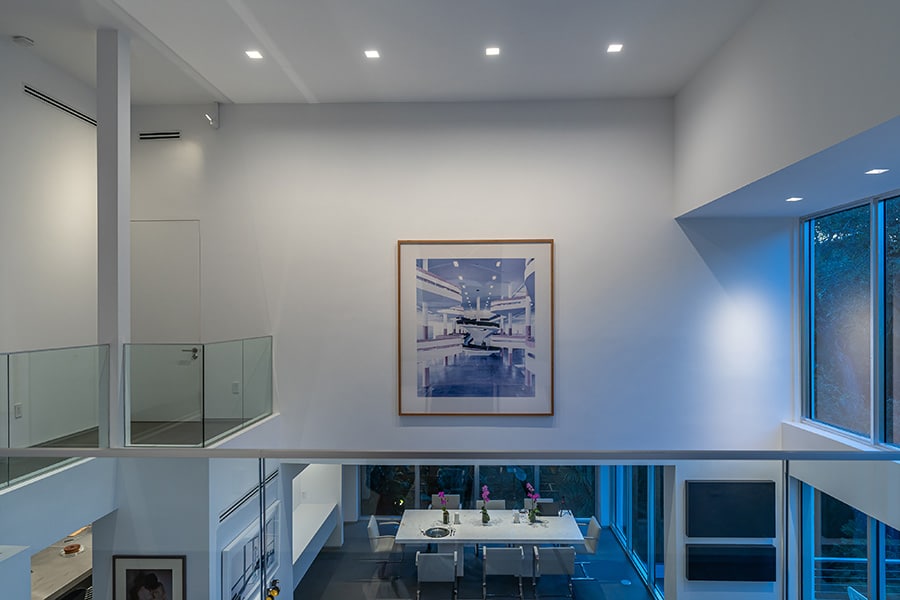 Grazing and washing surfaces
Grazing and washing surfaces 

